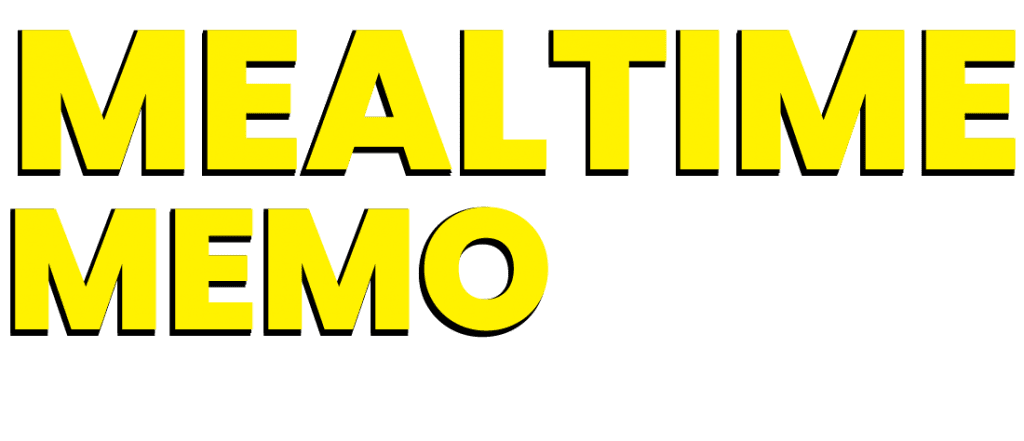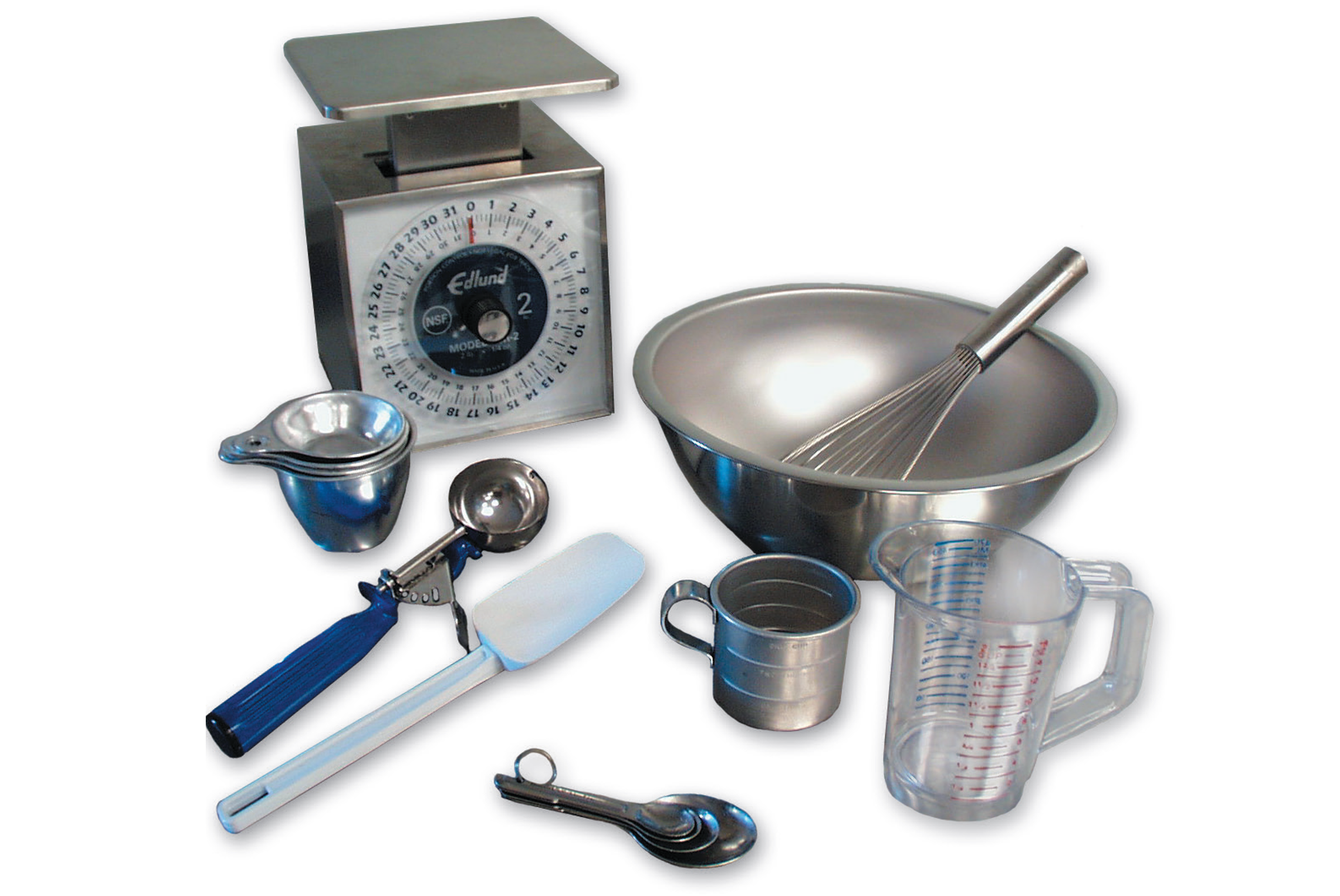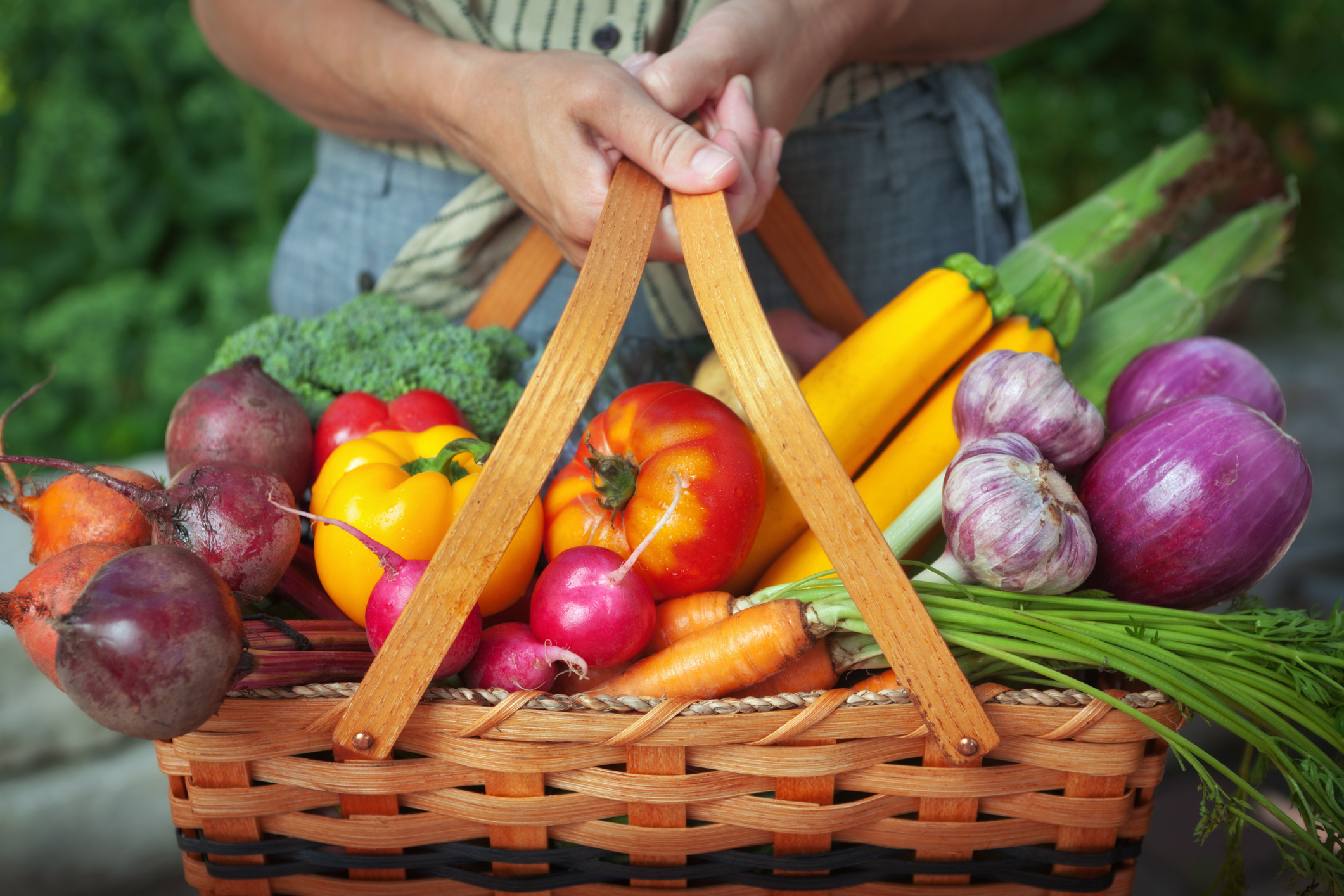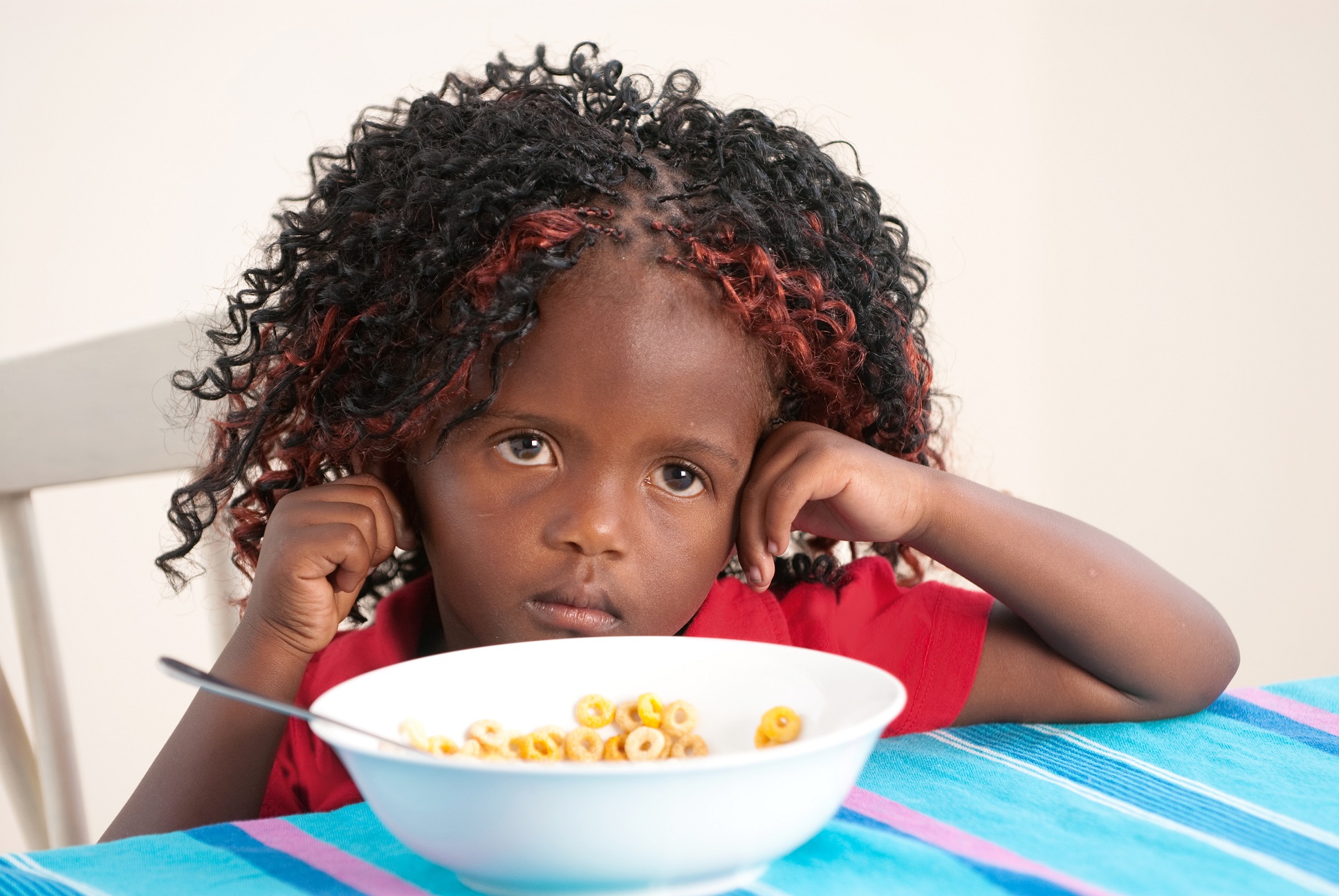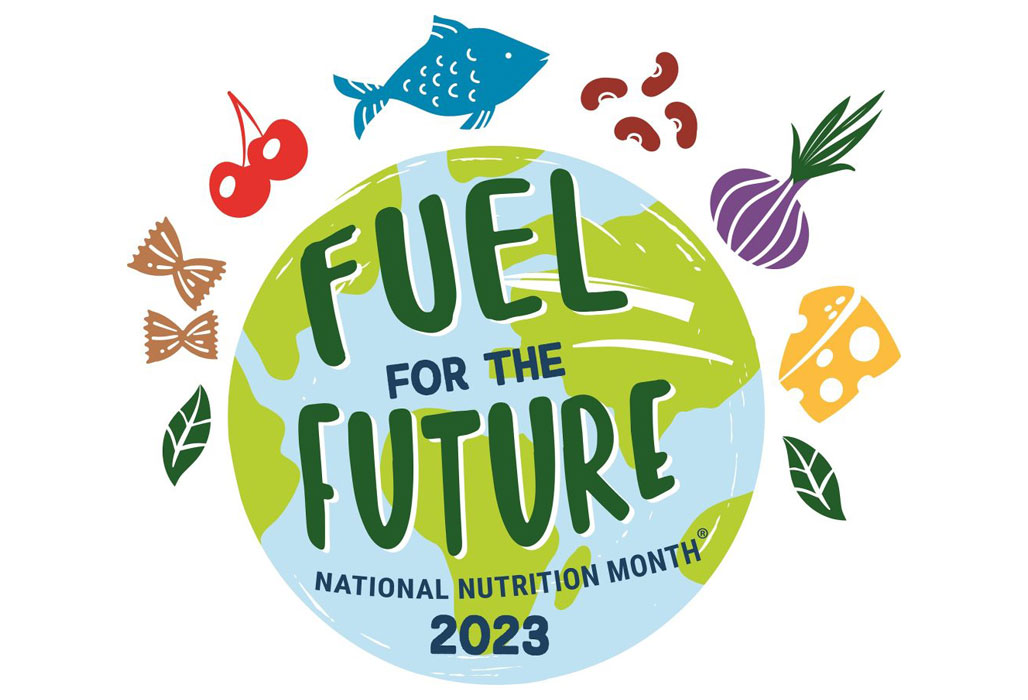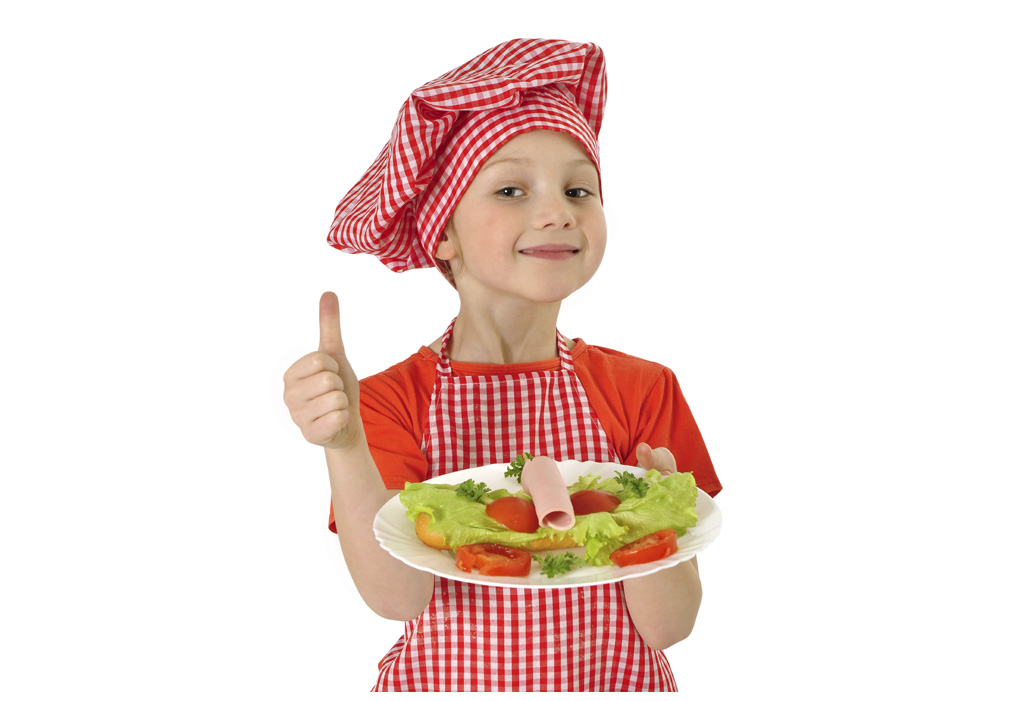
Whole grains are an essential part of a healthy diet, which is why the Child and Adult Care Food Program (CACFP) meal pattern requires that at least one serving of grains per day be whole grain-rich* (WGR).
CACFP programs use several pieces of information on a food package to determine whether a grain item is WGR. Some, but not all, information on a food package can help identify WGR foods. This Mealtime Memo helps you use the food package to determine which foods are WGR and how to avoid the pitfalls of confusing terms and phrases.
*Whole Grain-Rich
Whole grain-rich (WGR) is a term used in the CACFP and other USDA Child Nutrition Programs. Foods that meet the WGR criteria are foods that are 100% whole grain, or that contain at least 50% whole grains and the remaining grains in the food are enriched, bran, or germ. To review the requirements for WGR food items in CACFP meals, see the resources at USDA’s Nutrition Standards for CACFP Meals and Snacks.
Product Name
Common or Usual Name
The common or usual name of the product can indicate a whole grain. A food is WGR if the only grains it contains are whole grains. For example, oats are whole grain-rich because they are 100% whole grain. Other examples are brown rice, millet, and quinoa. For a more detailed list of food names that are whole grains, see page 5 of Identifying Whole Grain-Rich Foods for the CACFP.
Watch Out for Confusing Terms and Phrases
Marketing phrases or terms on the fronts of food packages may be confusing when it comes to identifying WGR foods. Here are some examples:
- Multi-grain
- Made with whole grains
- Contains whole grains
- Made with whole wheat
None of these terms means the product is WGR.
- Multi-grain means that more than one grain is contained in the product. Those grains might not be whole grains.
- The terms “made with whole wheat,” “made with whole grains,” and “contains whole grains” do not indicate the amount of whole grain in the product. It could be very little of the total product weight.
Do not use these terms to determine if a food package is WGR.
Standard of Identity
Standards of identity names on food packages assure that products are 100% whole wheat and, therefore, WGR. For example, a whole wheat pasta package that states, “Whole Wheat Macaroni Product” is WGR.
Standards of identity exist for these whole grain products:
- Bread, Buns, and Rolls labeled “Whole Wheat,” “Entire Wheat,” or “Graham”
- Whole Wheat Pasta (Macaroni, Macaroni Product, Spaghetti, and Vermicelli)
FDA-Approved Health Claims
The FDA health claims assure consumers that the product meets the scientific standard to print the claim on the package.
Two of the FDA health claims identify WGR items. For a product to be WGR, it must include one of the FDA-approved whole grain health claims on its packaging.
Ingredient Lists
The FDA requires that food packages include an ingredient list. They often appear above or below the Nutrition Facts label.
Ingredients appear in descending order from most to least. When looking at ingredients for WGR foods, look for a whole grain as the FIRST ingredient. The next two grain ingredients listed, if any, must be whole grain, enriched grain, bran, or germ.
Here are some examples of products that are WGR. The ingredients highlighted in blue are the creditable grain ingredients used to determine the items to be WGR. An enriched grain will include the nutrients added during the enrichment process in parentheses after the grain (e.g., Iron, Niacin, etc.).
Old Fashioned Oats
INGREDIENTS: WHOLE GRAIN ROLLED OATS
Whole Grain Crackers
INGREDIENTS: Whole wheat flour, canola oil, enriched wheat flour (wheat flour, niacin, iron, thiamin, riboflavin, folic acid), salt, wheat germ, cornstarch
Ready-to-Eat Breakfast Cereal
You determine a ready-to-eat breakfast cereal to be WGR slightly differently than other grain items. Breakfast cereals must meet two criteria to be considered whole grain-rich.
- The first ingredient must be a whole grain.
- The cereal must be fortified.
The Toasted Oats Cereal is WGR. The first ingredient is a whole grain, and the cereal is fortified. You know that because vitamins and minerals are listed after the ingredients (ex., Calcium Carbonate, Iron, Zinc, Vitamin A, etc.).
Toasted Oats Cereal
Ingredients: Whole Grain Oats, Corn starch, Sugar, Salt, Vitamin E (mixed tocopherols) added to Preserve Freshness.
Vitamins and Minerals: Calcium Carbonate, Iron and Zinc, Vitamin A, B Vitamins (Folic Acid, Niacin, Riboflavin, Thiamin) Vitamin B6, Vitamin B12, Vitamin C, Vitamin D
Mealtime Discussion Prompts
During mealtime, spark positive conversations with children about whole grain-rich foods with these questions.
- Did you know a piece of grain is called a kernel and has three parts? (Bran, Endosperm, Germ)
- Some foods we eat have all three parts, such as oats. Why do you think we should eat all the parts of the grain kernel?
- What are some of your favorite grain foods? (Respond with the name of a whole grain-rich item, such as, “I like crackers too. Woven wheat is one of my favorites.”)
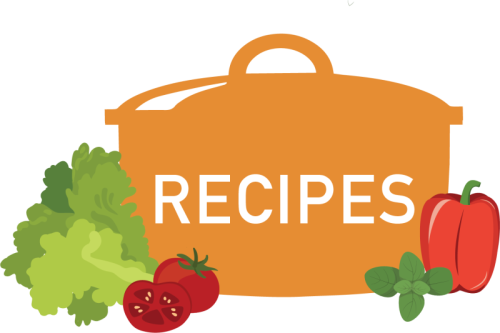
Recipes
- The Child Nutrition Recipe Box has USDA-standardized recipes for child care centers and family child care homes.
- The Child Nutrition Recipe Box: New CACFP Lunch/Supper Recipes has standardized recipes per age group (3–5 and 6–18 year-olds) and for servings of 6, 25, and 50.

Menu Ideas
The following menu ideas provide a variety of WGR foods. Some recipes contain multiple meal components listed in parentheses after the recipe.
References
Institute of Child Nutrition. (n.d.). Beef goulash – USDA recipe for child care centers. https://theicn.org/cnrb/recipes-for-centers-main-dishes/beef-goulash/
Institute of Child Nutrition. (n.d.). Breakfast muffins – USDA recipe for child care centers. https://theicn.org/cnrb/recipes-for-centers-breakfast/breakfast-muffins-usda-recipe-for-cacfp/
Institute of Child Nutrition. (n.d.). Child nutrition recipe box. https://theicn.org/cnrb/
Institute of Child Nutrition. (n.d.). Herb bagel bites – USDA recipe for family child care centers. https://theicn.org/cnrb/ages-3-5/age-3-5-6-servings/herb-bagel-bites-cacfp-snack-menu-planner-family-recipes-ages-3-5/
Institute of Child Nutrition. (n.d.). New CACFP lunch/supper recipes. Child Nutrition Recipe Box. https://theicn.org/cnrb/2022-cacfp-recipes/
Institute of Child Nutrition. (2022). Child and adult meal pattern requirements training. https://theicn.org/icn-resources-a-z/CACFP-meal-pattern-training/
Old Ways Whole Grains Council. (n.d.). Government guidance. https://wholegrainscouncil.org/resources/government-guidance
U.S. Food and Drug Administration. (2013). Food labeling guide. https://www.fda.gov/files/food/published/Food-Labeling-Guide
U.S. Department of Agriculture, Food and Nutrition Service. (2018, April 4). Grain requirements in the CACFP: Questions and answers. https://www.fns.usda.gov/cacfp/grain-requirements-cacfp-questions-and-answers
U.S. Department of Agriculture, Food and Nutrition Service. (2021, October). Identifying whole grain-rich foods for the child and adult care food program using the ingredient list. https://www.fns.usda.gov/tn/identifying-whole-grain-rich-foods-cacfp
U.S. Department of Agriculture, Food and Nutrition Service. (2023, January 9). Nutrition standards for CACFP meals and snacks. https://www.fns.usda.gov/cacfp/meals-and-snacks


